Danger zones: Ten most dangerous places I’ve traveled
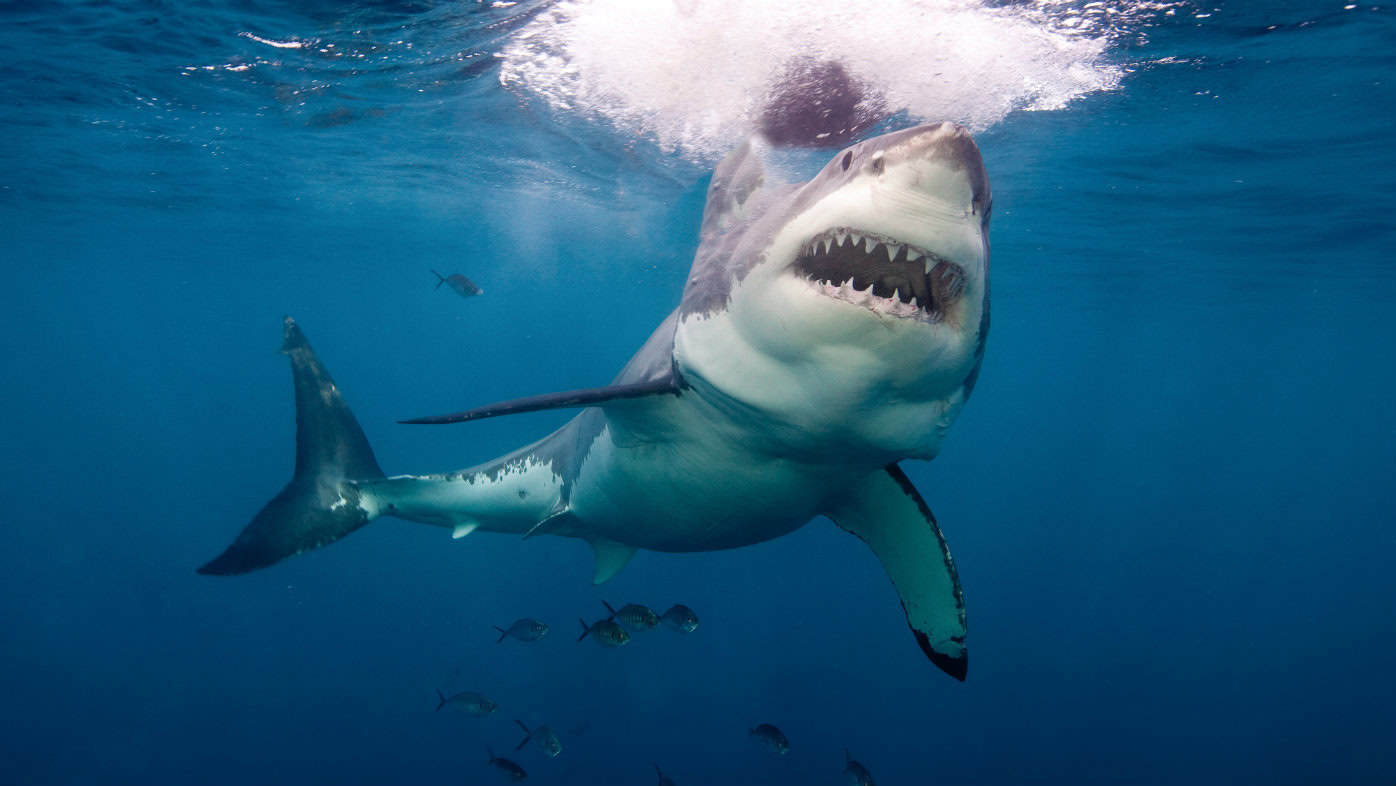
I’m going to Turkmenistan Wednesday, a journey that has elicited the usual pre-trip questions. Such as:
Q: Where the hell is Turkmenistan?
A: Go to Tajikistan and take a right.
Q: Why are you going to Turkmenistan?
A: It’s called “The Weirdest Country in the World.” No one under 70 can have facial hair. The ex-dictator’s autobiography was mandatory reading for the driver’s test. Black cars are banned. They have a national holiday for melons. Individual travel is not allowed. (I’m going with a tour group.)
Q: Are you scared?
A: Of what?
The last question I have heard a lot through 47 years of international travel. It’s especially interesting coming from Americans whose country is a shooting gallery with by far the highest murder rate in the industrialized world. I have felt much more on edge leaving baseball stadium press boxes late at night in the United States than I have anywhere in Africa or South America.
But many Americans fear the unknown. Their curiosity ends at the wall where they face head on with a language barrier, strange people and stranger customs.
Here in Europe, the high crime areas are on the periphery of major cities. You’d need a reason to go there. And Google Maps. In the U.S., you can take a wrong turn walking down a downtown street and put your life in danger.
Still, through 114 countries I’ve visited danger zones that aren’t exactly the French Riviera at sunset. To wit, these are the 10 most dangerous places I’ve ever been, in order. Some places have become worse since I left, but please note I only include one place in Europe. Also note that I include no place in the U.S.
That’s a whole another category.
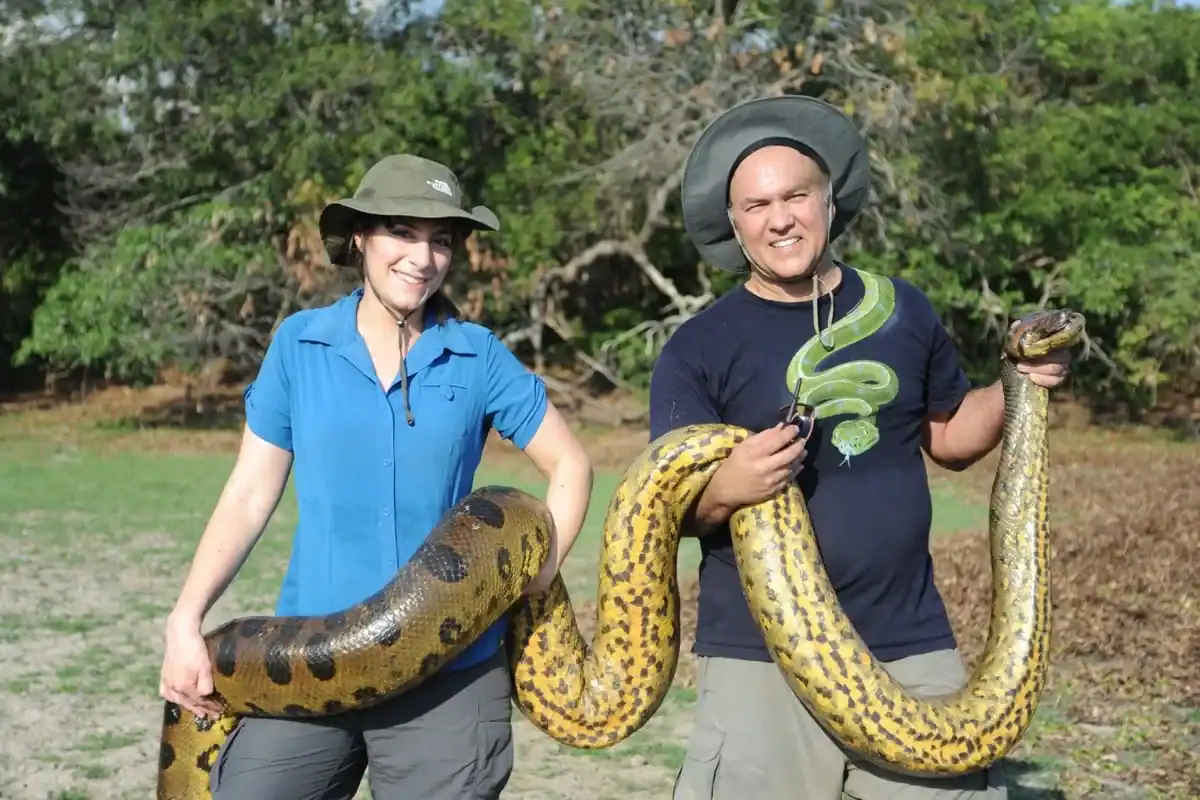
Amazon Rain Forest
No guns here but in two week-long trips through the jungle in Ecuador and Brazil, I saw 15-foot anacondas, razor-toothed caimans (South American crocodiles) our guide was “kind” enough to bring on our canoe, a surucucu snake whose poison kills a man in 15 seconds and so many spiders that when you knock one off your leg, another comes right back up.
And did I mention swimming naked with piranha? Or how about jaguars, poison dart frogs, Amazonian scorpions and electric eels?
I asked some local tribes what they feared the most. The most common answer didn’t even make my list. It was a peccary, a wild pig that views humans (and dogs) as their biggest threat, is extremely aggressive and considered, generally, as the biggest asshole in the jungle.
Also, you can NOT walk in the Amazon without a local guide. Every trail looks the same. Within five minutes you’ll be lost. By dawn you’ll be dead.
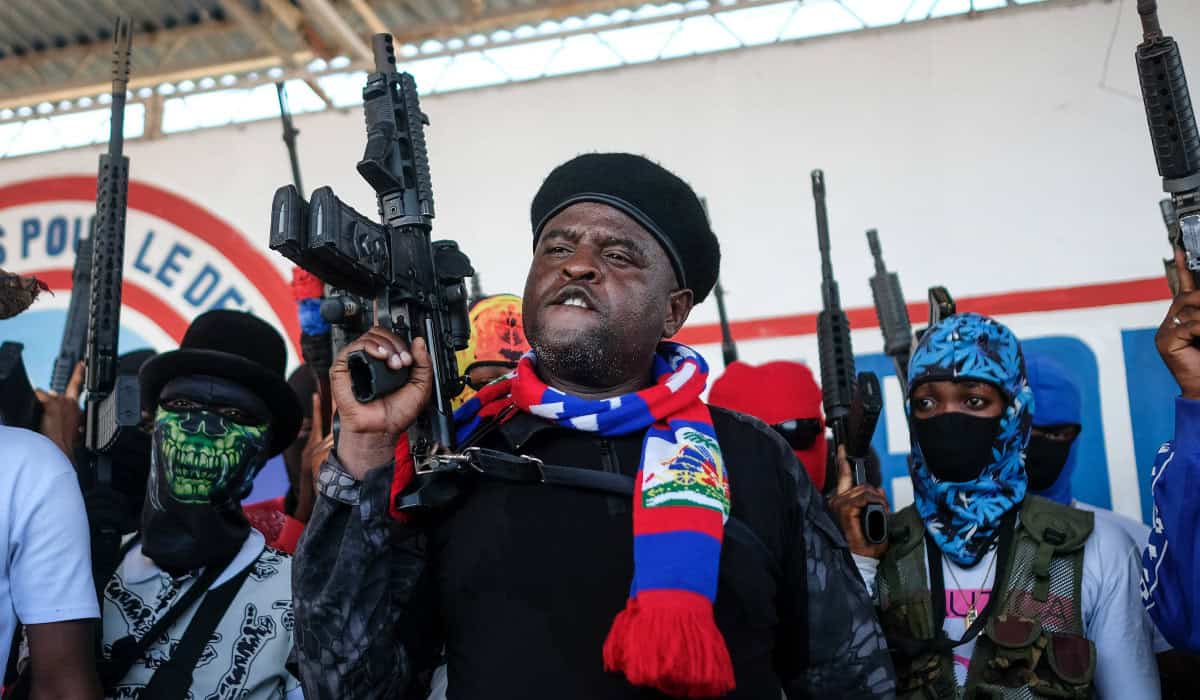
Port-au-Prince, Haiti
This makes the list merely because on my first day I got in a fistfight. Neither of us clods landed punches but he did take my map after I refused to pay him for showing me around. I didn’t want a guide and only allowed him to tag along on the understanding I would not pay.
It wasn’t just him. The Western Hemisphere’s poorest country was a catastrophe when I visited in 1982. Jean-Claude “Baby Doc” Duvalier, “The Butcher of Haiti,” ruled with an iron fist and it showed on people’s faces.
Haiti is surrounded on three sides by water yet I never saw a fishing boat. Everywhere I saw groups of unemployed men hanging out on street corners just looking pissed off.
And that was well before the 2010 earthquake that killed 316,000 people. It was also before the 2021 assassination of Pres. Jovenel Moise left a vacuum in which an estimated 100 gangs control 90 percent of the capital. According to the UN, between April and June this spring, more than 1,500 were killed.
They’re even kidnapping the poor for a little pocket change.
One fellow member of my Travelers’ Century Club said he recently visited and his hotel would not allow him to visit major tourist sites for fear of kidnapping.

Rio de Janeiro
I love Rio. I love the urban beaches. I love the passion. I love the caipirinha cocktail. But it can be dangerous. One of the first questions expats in Rio ask each other is, How’d you get robbed?
Walking the beaches after dark is taboo. When I was last there in 2015, two weeks before I arrived, a man was murdered for his bike in broad daylight next to the artificial lake where I was covering the World Rowing Junior Championships.
The favelas are so dangerous, Rio cops rarely enter. In fact, the favelas police themselves. In 2000 I toured the Vila Canoas favela with a personal guide who showed me a small concrete slab that served as the neighborhood’s execution ground.
Carnival is a training camp for crime. Rio averaged 27.9 murders per 100,000 people in 2023 as organized crime has grown. Although the crime has dropped in recent years.
Still, New Orleans, with the highest murder rate in the U.S., had 40 per 100,000.
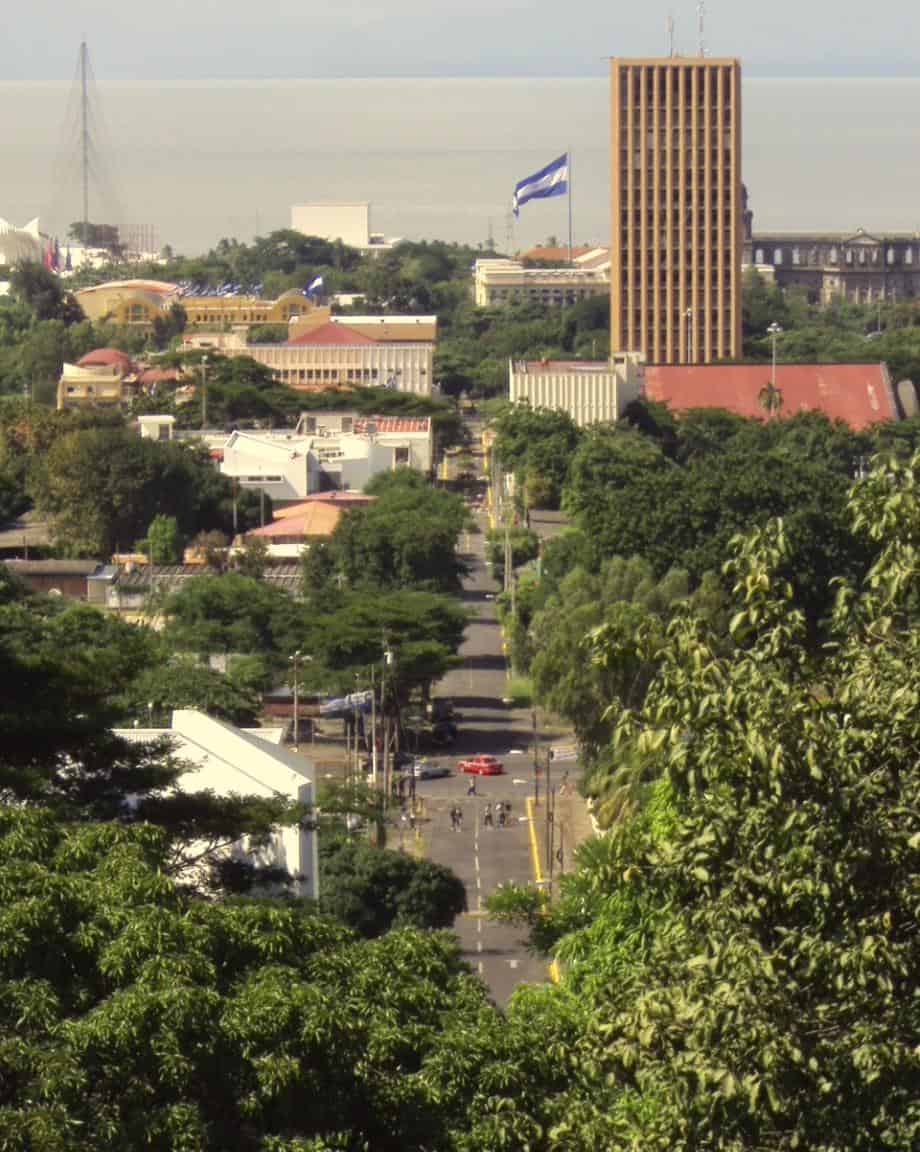
Managua, Nicaragua
The hotel owner where I reserved a room told me he’d arrange for a driver to pick me up at the airport. I told him not to worry. I’ll just grab a cab.
No! he said. He will get me a driver. And he will be my transport during my entire stay. The owner, who grew up in his hotel’s neighborhood and was a business grad from Cal State-Los Angeles, said pirate cab drivers often pick up a passenger, then pick up a couple friends. They then take him or her by knifepoint to a local ATM where they can wipe you out.
Unlike here in Rome, Managua cash machines do not have a $250 withdrawal limit.
His hotel was in a bad neighborhood near the bus station. It was also near a crack house which turned the surrounding streets into a danger zone at night. A cool open-air bar was kitty corner from the hotel. He told me that when I went across the street going and coming, run.
“It’s 20 meters,” I said.
“RUN!”
I did.
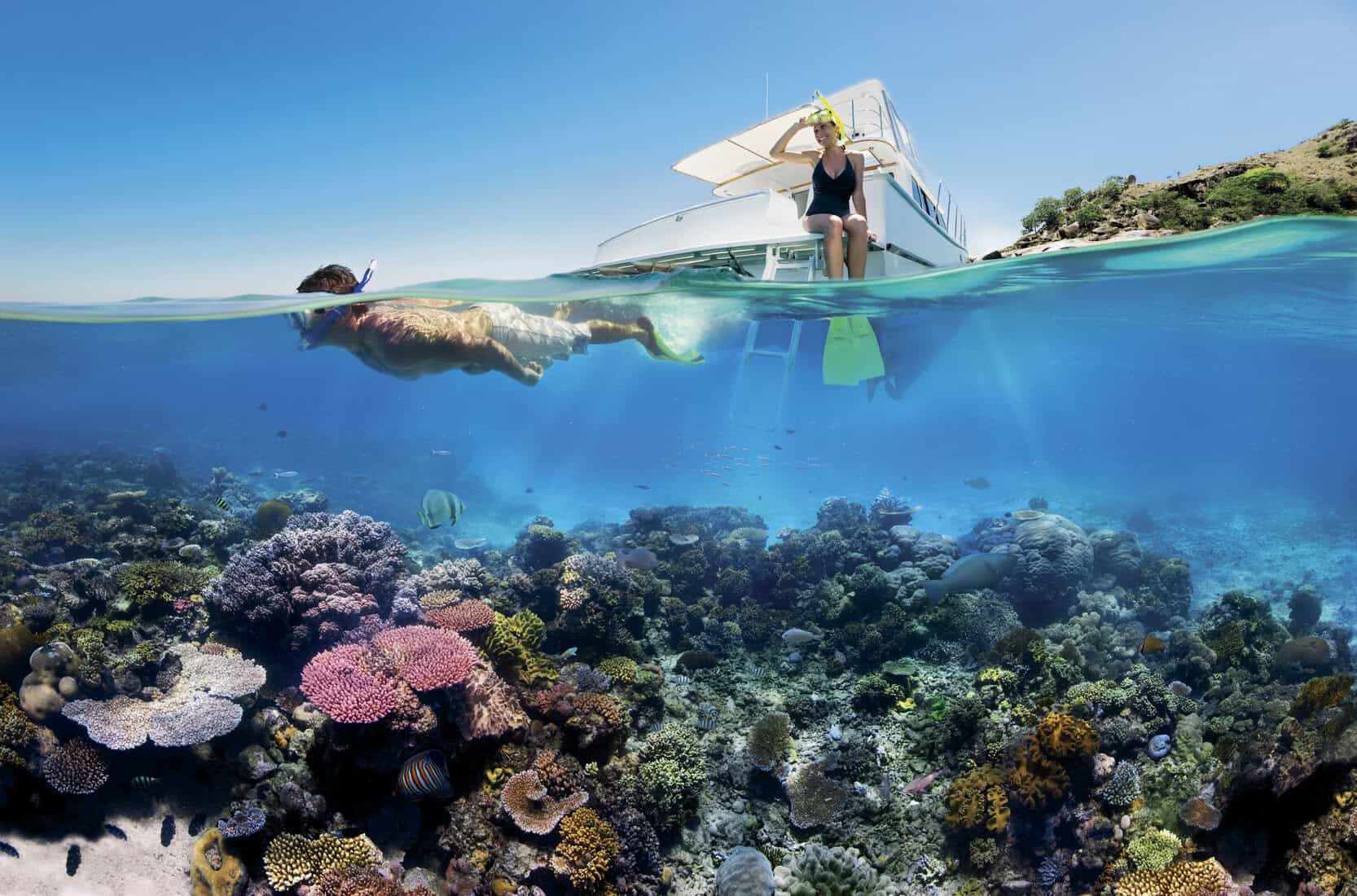
Great Barrier Reef, Australia
Afraid of sharks? Don’t scuba dive off the Great Barrier Reef. And don’t go where I went, 200 miles off the coast of Queensland in the Coral Sea. I was on a liveaboard dive boat for a week in the middle of the South Pacific. We never saw another boat.
What we did see was lots of sharks. Black whalers. Hammerheads. Nurse sharks. Black tips. I also saw a 20-foot basking shark which aren’t maneaters but from about 20 feet below, looks way too close to a great white if you just see the size and tail and not the rounded head.
Sharks I can handle. Underwater caves I hate more. I had been diving only three years when I went to Australia and got talked into entering a tiny cave that wound its way to an exit where my dive guide waited.
I got stuck.
A piece of overhanging coral got stuck in the top of my tank. I got unstuck and creeped out backward but it was the most terrifying 60 seconds of my life. After that, I never enter a cave unless I can see the exit.
But hey, if you like sharks and underwater caves, the Great Barrier Reef could be your French Riviera at sunset.
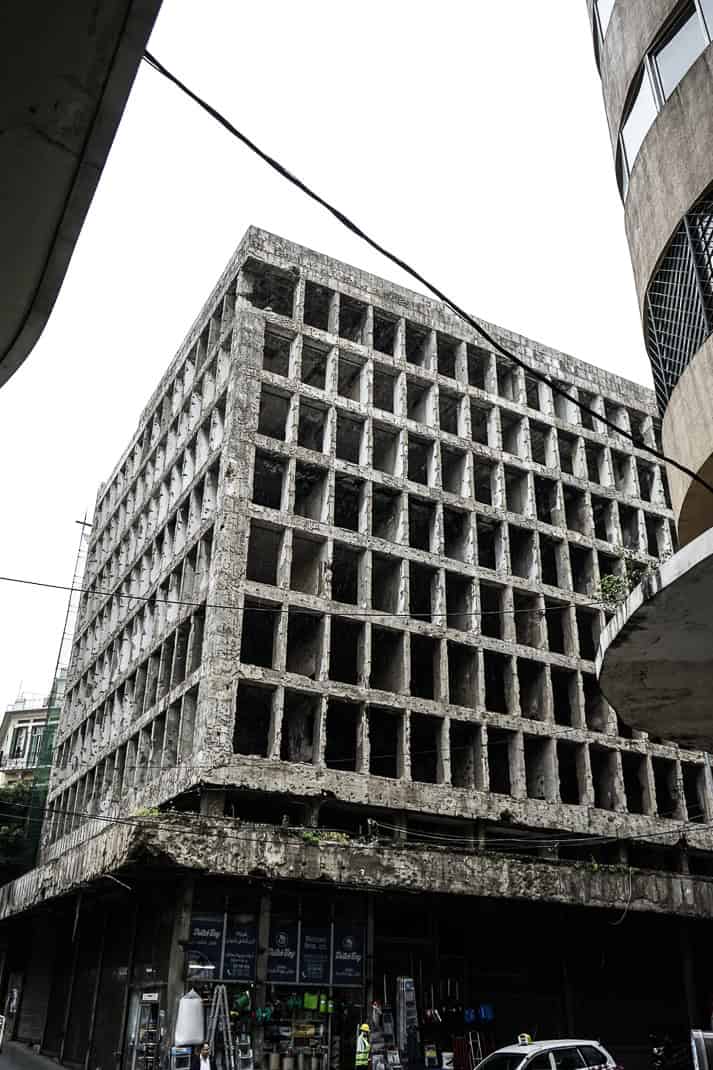
Beirut
Before its civil war in 1990, it was known as “The Paris of the Mediterranean.” Not now. Not after a war that cost 120,000 lives and then September 2024 when Israel bombed the city’s southern periphery. When I visited in 2019, I could still see bullet holes in the Holiday Inn, press headquarters during the war, and the charred remains of The Egg, a proposed cinema.
That doesn’t mention the explosion on the Port of Beirut in 2020 that killed 218 people and destroyed $15 billion worth of property.
I still felt safe six years ago. Christians and Muslims had put down their fists and bonded over their dual hatred for the corrupt Lebanese government.
But the reminders of past violence around every corner made me think it could happen again.
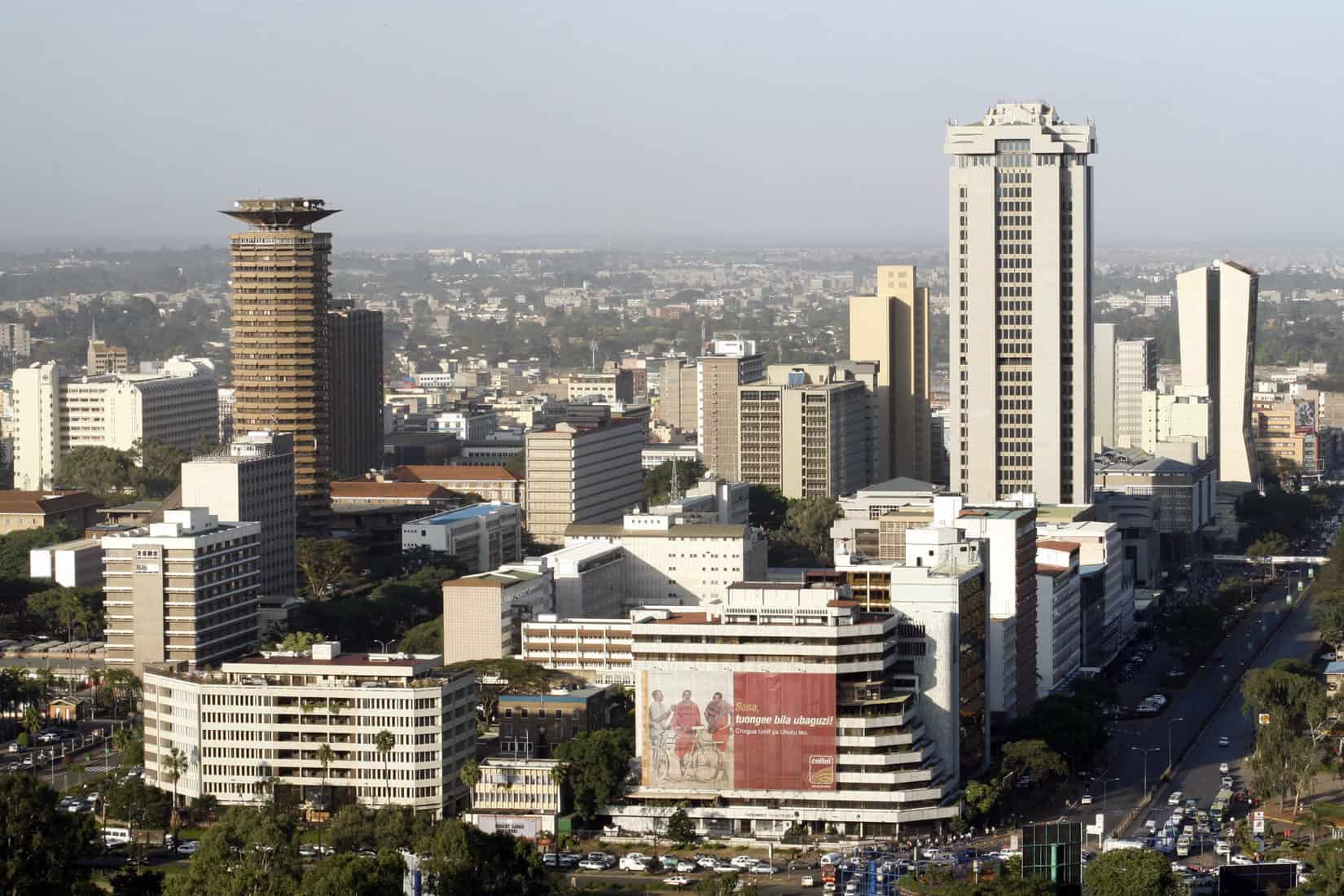
Nairobi
In 1992, Somalia was going through an epic drought and thousands of Somalians poured into Kenya for its more stable economy. It didn’t stay stable for long. Poverty, unemployment and crime shot up.
One neighborhood near my hotel was a no-go zone. Thieves often posed as policemen in carjackings. Knifings were common. The British expats I met talked about how they were more on edge than ever before. They called Nairobi “Nairobbery.” The crime was higher than in Johannesburg.
Gangs emerged in the 2010s when, according to The Economist, “They would rob their own relatives.”
However, this decade it has improved. Locals credit the city installing CCTV video cameras and the police’s brutal dealings with criminals. One shop owner told The Economist, the police, “kill two to three people and once they do that, crime completely goes down.”
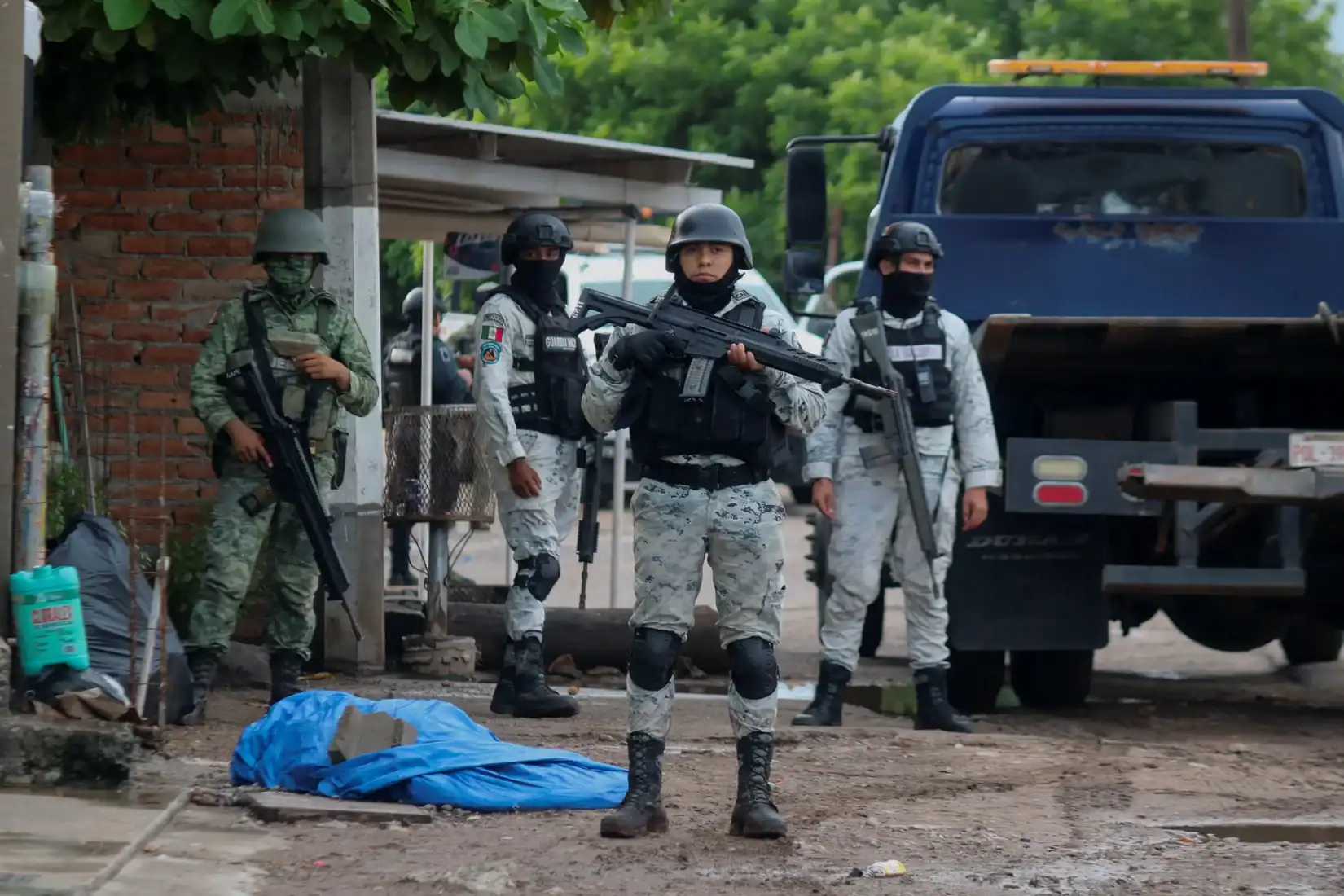
Culiacan, Mexico
I came here for a Colorado Rockies spring training game in 2001 knowing full well it was the capital of ferocious Sinaloa Cartel and base operation for Joaquin “El Chapo” Guzman, one of Mexico’s most notorious drug lords.
I didn’t feel tension when walking the streets before the game or in the bars afterward. The deadly margaritas they served seemed a bigger threat than all the murders I’d read about.
But Culiacan makes the list for what it has become today. Ever since Sept. 9, 2024 when the U.S. justice department arrested El Chapo and Ismael “El Mayo” Zambada, who founded the Sinaloa Cartel with El Chapo, Culiacan has become one of the most dangerous cities in the world.
That’s thanks to the men’s sons who have waged a vicious war on their opposing gangs. In one year, 3,000 people have been killed in and around Culiacan. Just last month, 20 bodies were found, four of which were decapitated and hanging from a bridge.
Another 16 decapitated victims were found in a van under the bridge, their heads sitting in a bag nearby.
Since then, local traffickers have fled the city, taking the lucrative “black economy” with it. Businesses are closing, and unemployment is rising almost as much as the violence.
I was happy to escape with a hangover.
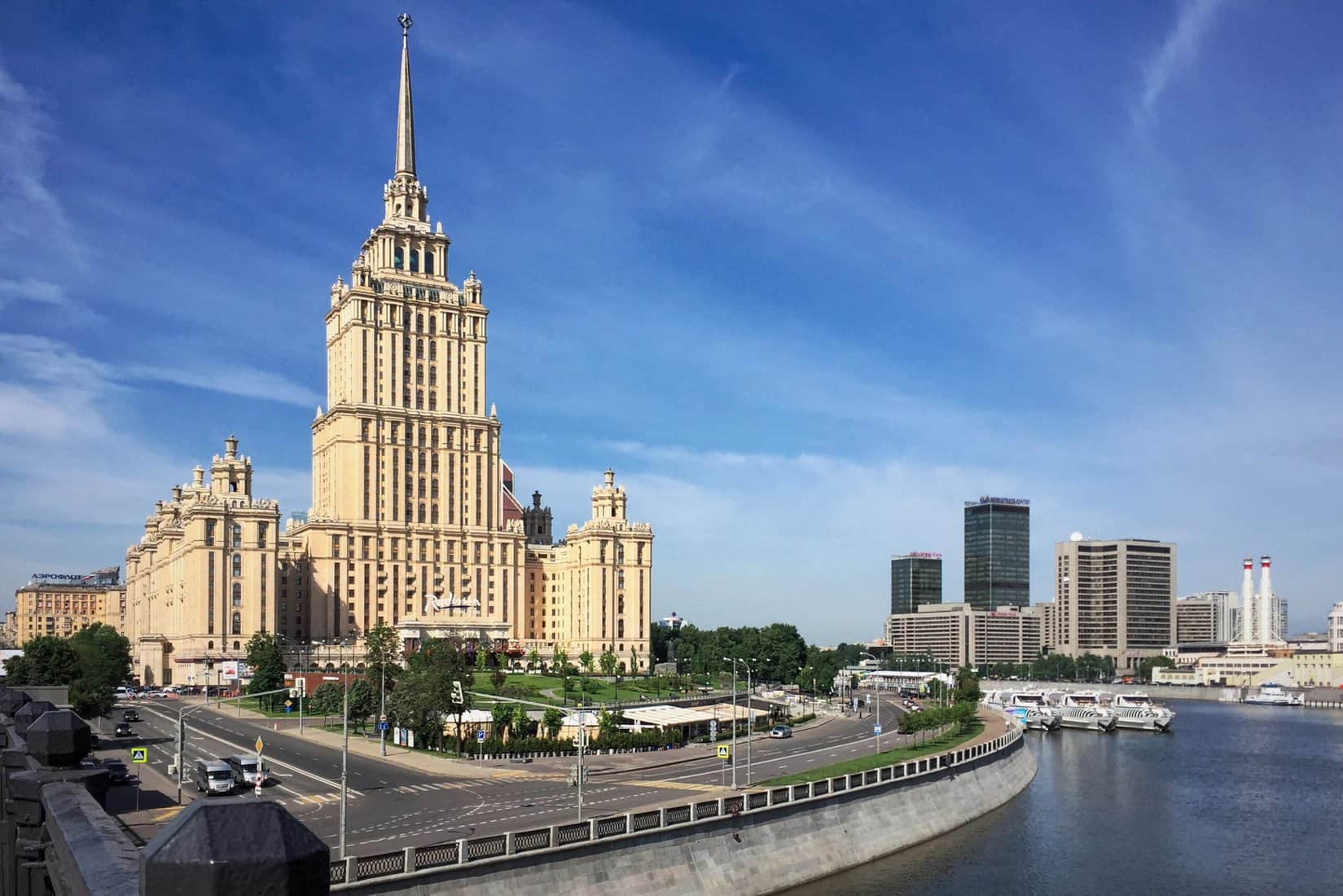
Moscow
This is another city where the crime has increased rapidly since I left. The violence of the Ukraine War has spilled over into Russia’s capital. It’s just a different kind. Moscow has seen a reduction in police who have served in the war, and the return of criminals from the front have led to violence.
The army has been reportedly involved with drug trafficking and formed ties with organized crime. Shootouts are common. According to the Russian Ministry of Internal Affairs, more serious crimes were committed from January through August 2024 than during the past 13 years.
When I visited in 2005, theft was the biggest worry. And I was almost a victim. I was crossing a bridge to my hotel in broad daylight when a young man who spoke suspiciously good English excitedly ran up to me. He held up a pile of rubles and said, “Look what I found under the bridge! Here, let’s split it!”
I ignored him and kept walking. Suddenly an older man came running up from under the bridge. The younger man said, “Hey, this guy said you took his money. Show him your wallet.”
I’d done my homework. If I show him my wallet, it’s two against one for possession. I laughed and said a Russian phrase I luckily learned the night before: “Idi na khuy. (Fuck you.)”
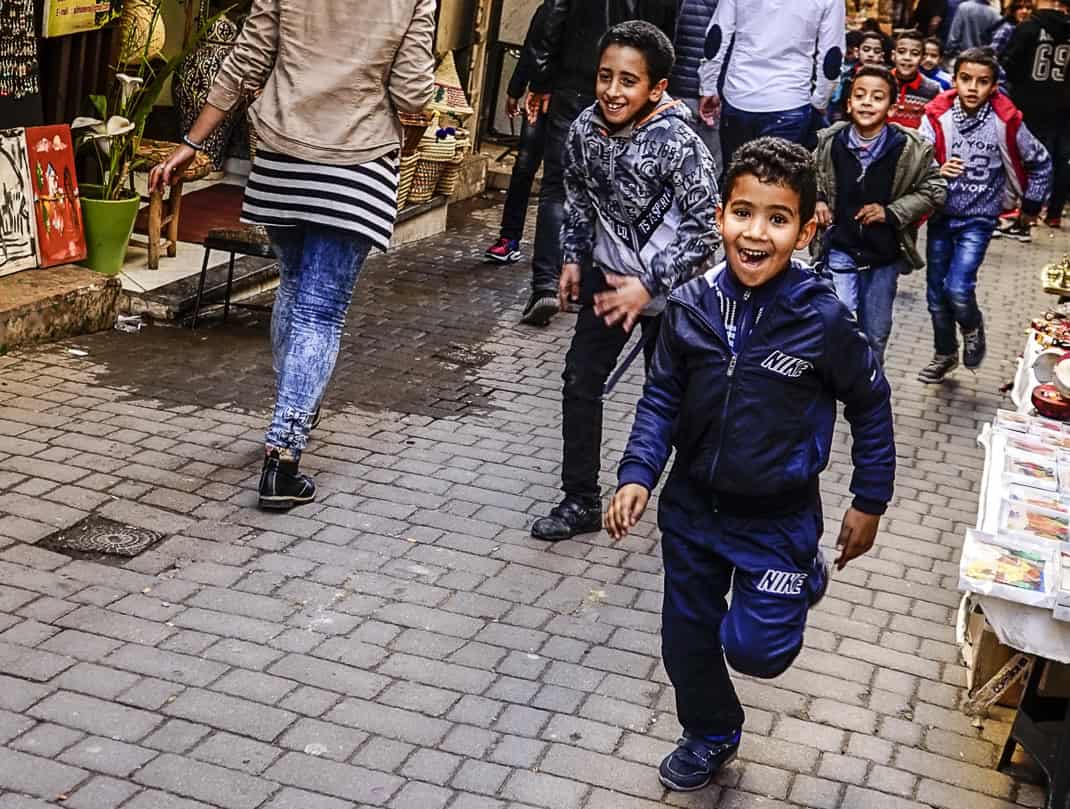
Fez, Morocco
When I first visited in 1978, an urban legend circulated that married couples have wandered into the largest medina in North Africa and the wife never came out. It’s a scare tactic, sure. But the medina covers 540 acres and houses 155,000 people in a maze that sometimes confuses merchants who’ve worked inside for years.
My rule was when I entered, just keep taking right-hand turns going in and left-hand turns going out.
When I visited again in 2017, the medina had become better lit but had taken a darker turn. Locals told me not to visit at night. They wouldn’t get specific. They just said don’t go.
Yet how dangerous could Fez be when a merchant chased me out of the medina, not to harass me for money, but to give me change after I paid too much for a shirt?
Yes, I survived all the above. I will also keep pushing the borders and boundaries. After all, I’m an American. I know violent crime. What can hurt me? Maybe we’ll see in December with my two destinations.
Beirut and Damascus.


September 23, 2025 @ 1:46 pm
Very few people are actually bothered by sharks on the Great Barrier Reef. Some of the sharks you mentioned are harmless. Sharks kilo people all over the world. It only makes the news if it is in Australia.
September 23, 2025 @ 5:58 pm
True but tell that to people who are afraid of sharks. I saw sharks on nearly every dive. They aren’t as abundant as around French Polynesia but they’re there. And shark attacks make news everywhere. Why? Because you’re right. They don’t really happen that often. As I wrote, I hate underwater caves more.
October 6, 2025 @ 2:46 am
Enjoy the site, John. Thank you. The Fez medina is one of my favorite places in Morocco. Wife, daughter, me – no problems. Been there for a couple weddings. Yearly music festival in May/June is worth checking out.
October 6, 2025 @ 4:56 am
Thanks for the note. I’d love to get back to Morocco and explore the Atlas Mountains. Been there?